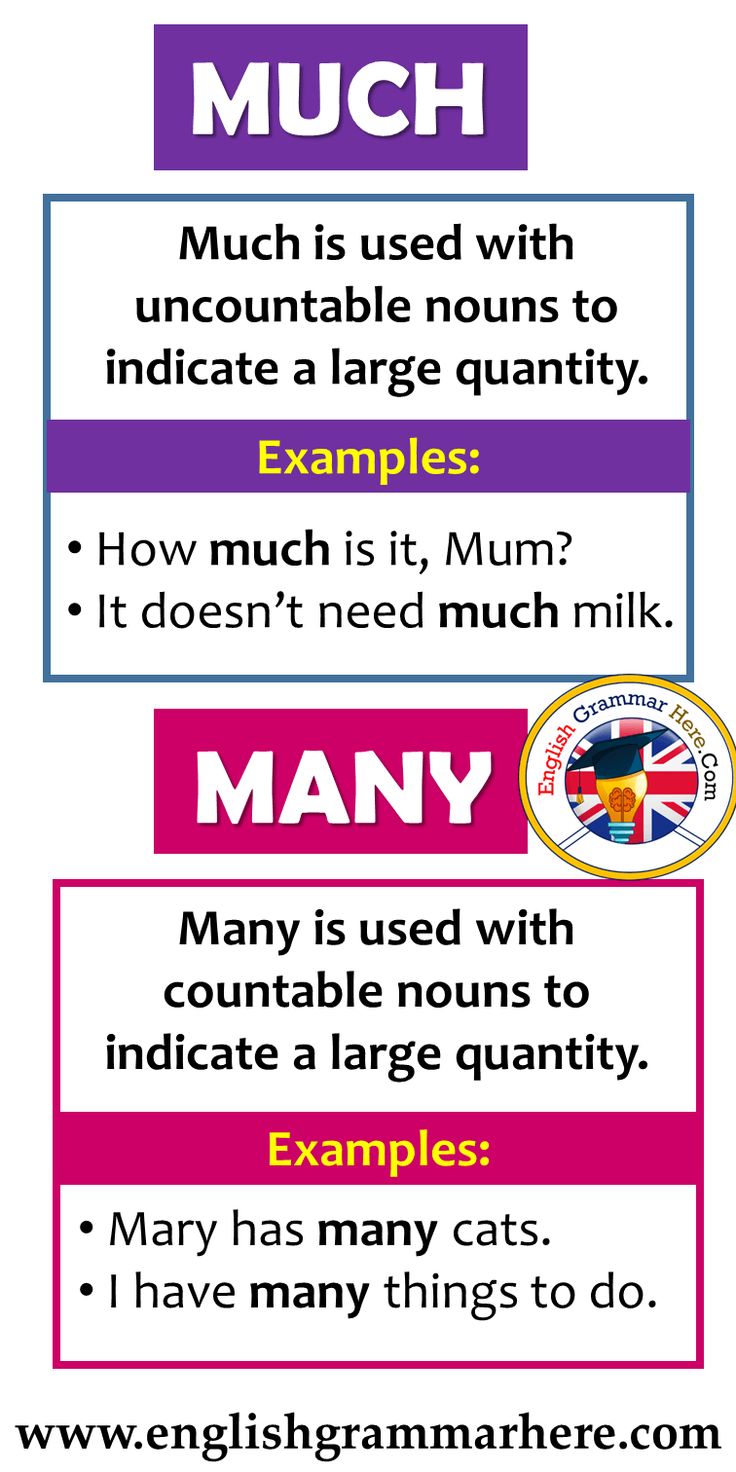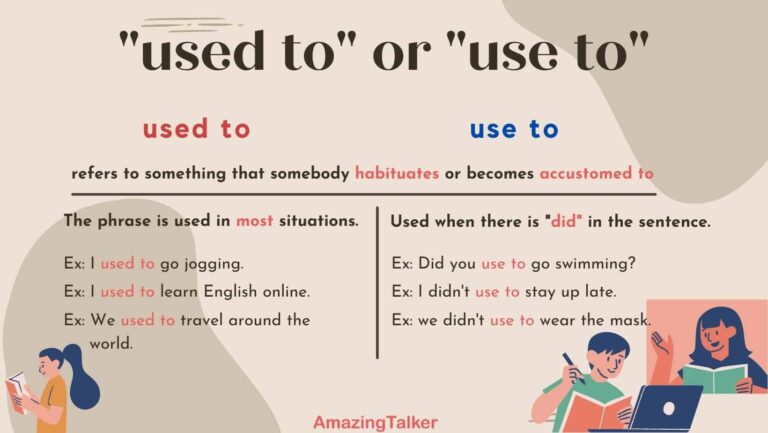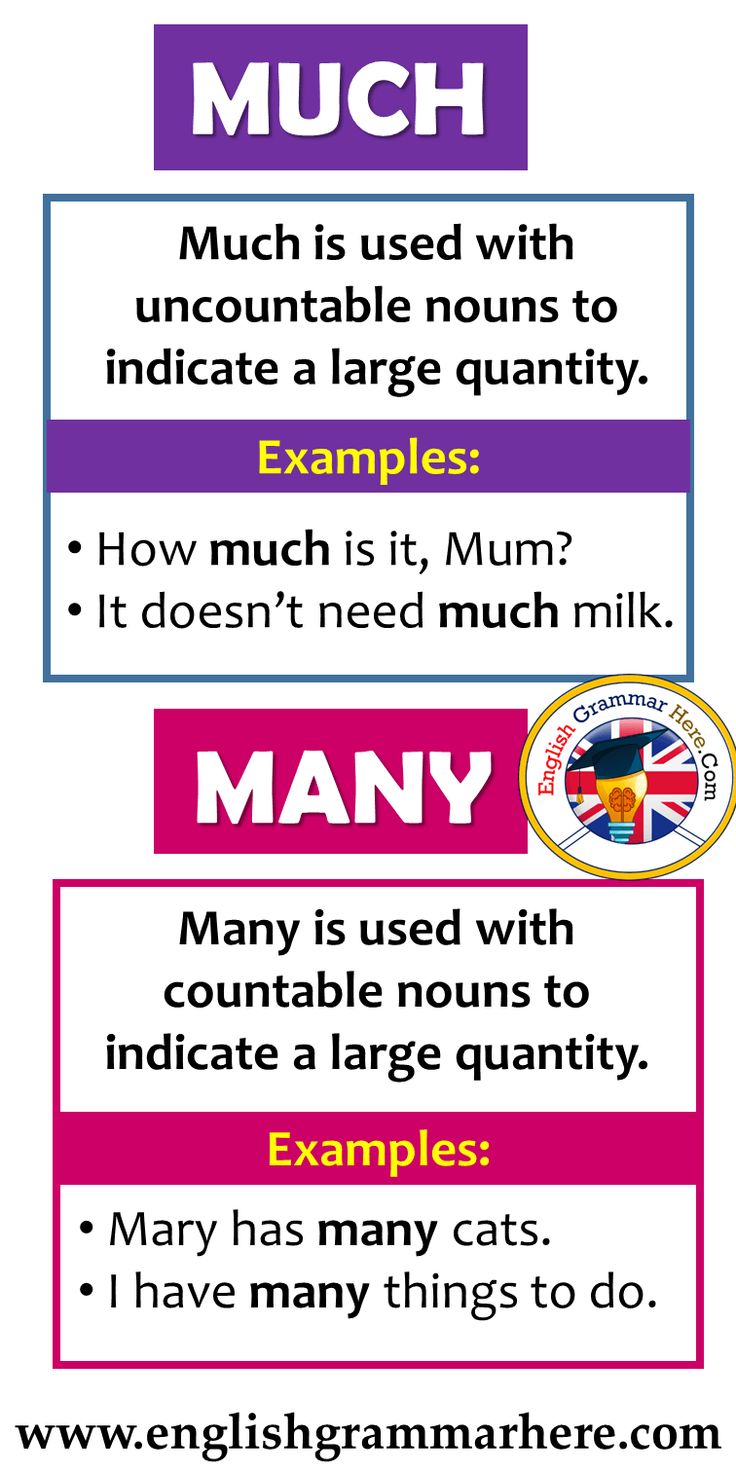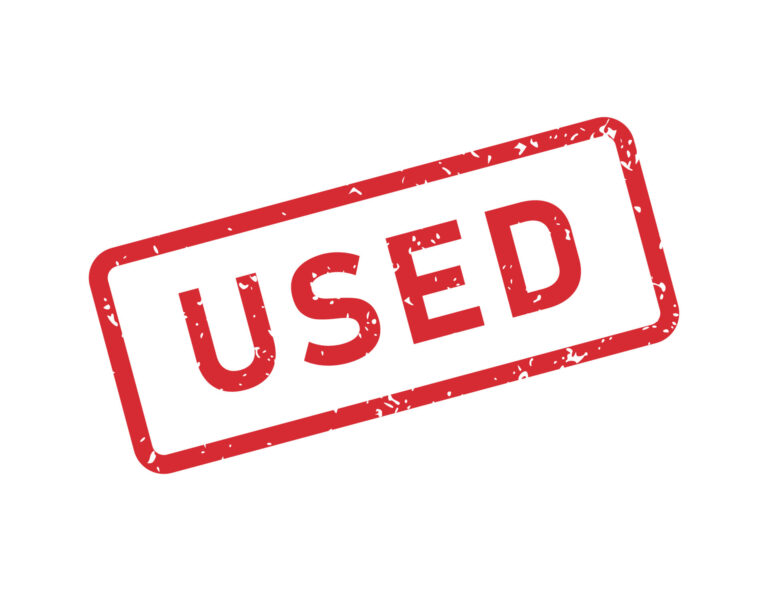Jeep Wrangler Tow Bar For Sale: Your Ultimate Guide to Flat Towing Freedom
Jeep Wrangler Tow Bar For Sale: Your Ultimate Guide to Flat Towing Freedom /jeeps.truckstrend.com
The allure of the open road, combined with the rugged capability of a Jeep Wrangler, is a dream for many adventurers. Whether you’re an RVer looking to bring your off-road companion to remote campsites or simply need a reliable vehicle to tow behind your motorhome, a tow bar for your Jeep Wrangler is an indispensable piece of equipment. Far more than just a simple connection, a quality tow bar system ensures the safe, convenient, and legal transport of your beloved Wrangler, turning it into the ultimate "dinghy" vehicle. This comprehensive guide will delve into everything you need to know about purchasing, installing, and using a Jeep Wrangler tow bar, ensuring you make an informed decision for your next adventure.
Understanding the Jeep Wrangler Tow Bar and Flat Towing
Jeep Wrangler Tow Bar For Sale: Your Ultimate Guide to Flat Towing Freedom
At its core, a Jeep Wrangler tow bar is a rigid steel apparatus designed to connect your Jeep directly to the tow vehicle (typically an RV or motorhome). This method, known as "flat towing" or "dinghy towing," allows the Wrangler to roll on its own four wheels behind the primary vehicle, eliminating the need for a separate trailer. Unlike dolly towing (where only two wheels are on the ground) or trailer towing (where all four wheels are off the ground), flat towing is exceptionally popular for Jeep Wranglers due to their robust chassis, simple transfer case mechanism (allowing for a neutral setting), and inherent design for off-road durability.
The importance of a reliable tow bar system cannot be overstated. It provides the crucial link that enables your Wrangler to track smoothly behind your tow vehicle, preventing sway, ensuring proper braking, and keeping both vehicles aligned. For RV enthusiasts, a tow bar means the freedom to explore remote areas with their capable Jeep once they’ve set up camp, without the hassle of unhitching a trailer or leaving their primary vehicle behind.
The Undeniable Benefits of Flat Towing Your Wrangler
Choosing to flat tow your Jeep Wrangler with a dedicated tow bar system offers a multitude of advantages:
- Unparalleled Convenience: Flat towing is incredibly convenient. There’s no need to hitch up a bulky trailer, find storage for it at your destination, or deal with the added complexities of maneuvering a trailer. Hook-up and disconnect are relatively quick processes once you’re familiar with them.
- Space and Storage Saving: A tow bar system takes up minimal space compared to a car hauler trailer. Many modern tow bars are foldable or easily detachable, allowing for compact storage in your RV’s bay or garage.
- Ease of Maneuverability: Flat towing a Jeep Wrangler is generally easier to manage than towing it on a trailer. There’s less overall length, and backing up (though still challenging and often advised against) is slightly less cumbersome than with a trailer.
- Reduced Wear and Tear: By flat towing, you prevent unnecessary miles from accumulating on your Wrangler’s engine and drivetrain, preserving its lifespan and resale value.
- Cost-Effectiveness: While there’s an initial investment in the tow bar system, it can be more cost-effective in the long run compared to the ongoing expenses of trailer registration, maintenance, tires, and potential storage fees.
- Ready for Adventure: Your Wrangler is always ready to be unhitched and driven off-road or into town the moment you reach your destination.

Essential Components for a Complete Flat Towing System
A tow bar is just one part of a complete, safe, and legal flat towing setup for your Jeep Wrangler. Here are the critical components you’ll need:
- The Tow Bar Itself: This is the primary connection between your RV and the Wrangler. Tow bars come in various designs (discussed below) but all serve to provide a rigid, secure link.
- Base Plate (or Baseplate Kit): This is arguably the most crucial component after the tow bar. The base plate bolts directly to the frame of your Jeep Wrangler, providing the attachment points for the tow bar. It’s vehicle-specific, so you must get one designed for your exact Wrangler model and year (e.g., JL, JK, TJ). Many base plates are designed to be minimally visible when the tow bar is disconnected, maintaining your Jeep’s aesthetic.
- Safety Cables/Chains: Required by law in all states, these provide a secondary connection between the RV and the Wrangler in case the primary tow bar connection fails. They should be crossed under the tow bar for added security.
- Tow Bar Wiring Harness/Light Kit: For legal and safety reasons, the brake lights, turn signals, and running lights of your towed Wrangler must illuminate in sync with your RV. This is achieved via a wiring harness that typically taps into your Wrangler’s existing wiring (using diodes to prevent feedback) or a dedicated tow light kit.
- Supplemental Braking System: This is a non-negotiable component and often a legal requirement in many states and provinces, especially for vehicles over a certain weight (which a Wrangler certainly is). A supplemental braking system applies the Wrangler’s brakes in conjunction with the RV’s brakes, significantly reducing stopping distances and stress on the RV’s braking system.
- Proportional Systems: These are the most effective, applying the Wrangler’s brakes with the same intensity as the RV’s brakes.
- Non-Proportional Systems: These apply the brakes with a fixed force (e.g., "on/off" systems).
- Portable vs. Permanently Installed: Portable systems are easier to move between vehicles but require setup each time. Permanent systems are integrated but specific to one vehicle.
- Breakaway System: Often integrated with the supplemental braking system, a breakaway system is a safety feature that automatically applies the Wrangler’s brakes if it somehow separates from the RV while in motion.
Types of Jeep Wrangler Tow Bars
When shopping for a "Jeep Wrangler Tow Bar For Sale," you’ll encounter a few main types, each with its own advantages:
- Fixed-Arm (A-Frame) Tow Bars: These are generally the most affordable and simplest. They have fixed-length arms that form an A-frame shape. While reliable, they can be a bit more cumbersome to hook up, especially on uneven ground, as the RV and Wrangler must be perfectly aligned.
- Self-Aligning (Telescoping) Tow Bars: These are the most popular and recommended type for regular use. They feature telescoping arms that automatically extend and lock as you pull the RV forward, even if the vehicles aren’t perfectly aligned. This makes hook-up significantly easier and faster. Many self-aligning tow bars are also foldable, allowing them to remain attached to the RV’s hitch receiver when not in use, folding up against the RV’s bumper for storage.
- Bumper-Mounted vs. Receiver-Mounted: While some older or specialized tow bars might attach to a bumper, almost all modern flat towing tow bars for Wranglers are designed to attach to the RV’s 2-inch hitch receiver. The Wrangler side connects to the specific base plate.
Leading brands in the tow bar industry include Blue Ox, Roadmaster, Demco, and Curt. Each offers a range of tow bars and base plates compatible with various Jeep Wrangler models.
Choosing the Right Tow Bar System for Your Wrangler
Selecting the correct "Jeep Wrangler Tow Bar For Sale" involves several considerations:
- Your Wrangler Model and Year: This is paramount for selecting the correct base plate. A JK base plate will not fit a JL, and vice versa.
- Your RV’s Towing Capacity: Ensure your RV can safely handle the weight of your Wrangler plus any gear.
- Tow Bar Capacity: The tow bar itself has a weight rating. Make sure it exceeds the Gross Vehicle Weight (GVW) of your Wrangler. Most Wranglers weigh between 4,000-5,000 lbs, so a 6,000-8,000 lb capacity tow bar is usually sufficient.
- RV Hitch Height: For safe and level towing, the tow bar should be as level as possible. You might need a "drop hitch" or "rise hitch" adapter for your RV’s receiver to achieve this.
- Ease of Use: If you plan on frequent hook-ups, a self-aligning, foldable tow bar will save you time and frustration.
- Budget: Tow bar systems vary widely in price, from a few hundred dollars for basic fixed-arm units to over a thousand for premium self-aligning systems with integrated braking.
- Brand Reputation: Stick with reputable brands known for their quality, durability, and customer support.
Installation and Setup: A General Overview
While a detailed installation guide will come with your specific components, here’s a general overview of the process:
- Base Plate Installation: This is usually the most involved step. It often requires removing the front bumper, possibly drilling, and bolting the base plate directly to the Wrangler’s frame. Professional installation is recommended if you’re not comfortable with automotive mechanics.
- Wiring Harness Installation: Install the wiring harness for your lights. This typically involves running wires from the front of the Wrangler to the rear lights, incorporating diodes to protect the Wrangler’s electrical system.
- Supplemental Braking System Installation: Depending on the type (portable or permanent), this involves setting up the braking unit in the Wrangler’s cabin and connecting it to the brake pedal and the RV via an umbilical cord.
- Tow Bar Connection: Attach the tow bar to the RV’s hitch receiver and the Wrangler’s base plate.
- Safety Connections: Securely attach the safety chains/cables, ensuring they are crossed. Connect the electrical umbilical cord for lights and brakes.
- Wrangler Setup for Towing:
- Shift the Wrangler’s transfer case into NEUTRAL (N).
- Put the transmission (manual or automatic) into PARK or a low gear (e.g., 1st gear for manual, Park for auto). Consult your owner’s manual for exact instructions.
- Ensure the steering wheel is UNLOCKED (ignition key in the ACC position or equivalent). This is crucial for the Wrangler to track properly around turns.
- Release the parking brake.
- Pre-Trip Checks: Before driving, double-check all connections, lights, and ensure the supplemental braking system is functioning correctly.
Important Considerations & Safety Tips
- Legal Requirements: Research the specific laws regarding supplemental braking systems, safety chains, and lighting in all states and provinces you plan to travel through.
- Weight Distribution: Ensure your RV is properly loaded and that the tongue weight (though minimal with flat towing) is managed correctly.
- Pre-Trip Inspection: Before every trip, inspect all components of your tow system: tow bar, base plate, pins, safety chains, wiring, and tires on both vehicles.
- Steering Unlocked: Reiterate, this is CRITICAL. If the steering is locked, your Wrangler will not track properly and could cause severe damage or an accident.
- Transfer Case Neutral: This prevents damage to the Wrangler’s transmission and drivetrain.
- Practice: If you’re new to towing, practice in a safe, open area to get a feel for how your rig handles, especially braking and turning.
- No Backing Up: Generally, avoid backing up with a flat-towed vehicle. The towed vehicle’s wheels can turn sharply, causing damage to the tow bar or the vehicle itself. If you must back up, disconnect the Wrangler first.
- Regular Maintenance: Periodically inspect your tow bar system for wear, rust, loose bolts, or any signs of damage. Lubricate moving parts as recommended by the manufacturer.
Where to Find Jeep Wrangler Tow Bars For Sale
When you’re ready to purchase, you have several options:
- Online Retailers: Websites like eTrailer.com, Amazon, and RV supply stores offer a vast selection of tow bars, base plates, and accessories from various brands, often with competitive pricing and detailed product information.
- RV Dealerships: Many RV dealerships sell and install flat towing systems. They can offer expert advice and professional installation.
- Off-Road and Automotive Shops: Local shops specializing in Jeep modifications or general automotive services may also sell and install these systems.
- Used Market: While you might find deals on used tow bars, exercise extreme caution. Thoroughly inspect any used equipment for wear, damage, or structural integrity issues. It’s often safer to invest in new, warrantied components for such critical safety equipment.
Price Table for Jeep Wrangler Tow Bar Systems (Estimated)
Please note that prices are approximate and can vary significantly based on brand, features, specific Wrangler model, and current market conditions. Professional installation costs are not included.
| Component Category | Item Description | Estimated Price Range (USD) | Notes |
|---|---|---|---|
| Tow Bar | Fixed-Arm (A-Frame) Tow Bar (e.g., Curt, Roadmaster) | $300 – $600 | Simpler, less flexible hook-up. |
| Self-Aligning/Telescoping Tow Bar (e.g., Blue Ox, Demco, Roadmaster) | $700 – $1,500 | Easier hook-up, often foldable, higher capacity. | |
| Base Plate | Model-Specific Base Plate Kit (e.g., JL, JK, TJ) | $400 – $800 | Required for connecting tow bar to Wrangler frame. Vehicle-specific. |
| Braking System | Portable Supplemental Braking System (e.g., Brake Buddy, RViBrake) | $1,000 – $1,800 | Easy to move between vehicles, requires setup each time. |
| Permanently Installed Supplemental Braking System (e.g., InvisiBrake, Stay-IN-Play) | $1,200 – $2,500 | Integrated, often proportional, more complex installation. | |
| Wiring & Lights | Diode Wiring Harness Kit (incl. umbilical cord) | $150 – $300 | Connects Wrangler lights to RV. Diode protection is key. |
| Magnetic Tow Lights (alternative) | $50 – $150 | Simpler, but less integrated and can scratch paint. | |
| Safety Accessories | Safety Cables/Chains (Pair) | $30 – $70 | Required by law, secondary connection. |
| High/Low Drop Hitch Receiver (if needed) | $50 – $200 | For leveling tow bar if RV hitch is too high/low. | |
| Total System Cost | (Tow Bar + Base Plate + Braking + Wiring + Safety) | $1,800 – $5,500+ | Does not include installation labor. |
Frequently Asked Questions (FAQ) about Jeep Wrangler Tow Bars
Q1: Can all Jeep Wranglers be flat towed?
A1: Almost all modern Jeep Wranglers (TJ, JK, JL generations) can be flat towed, provided they have a proper transfer case that can be shifted into Neutral. Always consult your Wrangler’s owner’s manual for specific flat towing procedures and limitations.
Q2: Do I really need a supplemental braking system?
A2: Yes, absolutely. Most states and provinces legally require a supplemental braking system for towed vehicles over a certain weight (typically 1,500-3,000 lbs), and a Jeep Wrangler well exceeds this. More importantly, it’s a critical safety component that drastically improves stopping distances and prevents excessive wear on your RV’s brakes.
Q3: Is it difficult to install a tow bar system on a Jeep Wrangler?
A3: Installing the base plate often requires mechanical aptitude, basic tools, and sometimes removing the front bumper or minor drilling. Wiring can also be complex. While DIY is possible for experienced individuals, professional installation by an RV dealer or qualified mechanic is often recommended for safety and peace of mind.
Q4: How do I know what size or capacity tow bar I need?
A4: You need a tow bar with a capacity greater than the Gross Vehicle Weight (GVW) of your Jeep Wrangler. Check your Wrangler’s owner’s manual or door jamb sticker for its GVW. Most Wranglers weigh between 4,000-5,000 lbs, so a 6,000 lb or 8,000 lb capacity tow bar is typically sufficient.
Q5: Do I need to disconnect the battery on my Jeep Wrangler when flat towing?
A5: For some older models or very long trips, disconnecting the battery might be recommended to prevent parasitic drain (e.g., from the supplemental braking system or accessory power outlets). However, many modern supplemental braking systems are designed to minimize drain, and newer Wranglers often have electrical systems that handle towing well. Consult your supplemental braking system’s manual and your Wrangler’s owner’s manual for specific recommendations.
Q6: What’s the difference between a tow bar and a tow hitch?
A6: A "tow hitch" (or trailer hitch receiver) is the part on your tow vehicle (e.g., RV) that accepts a tow bar or a trailer ball mount. A "tow bar" is the specific apparatus that connects a towed vehicle (like your Wrangler) directly to that hitch receiver for flat towing.
Conclusion: Embrace the Freedom of Flat Towing
A Jeep Wrangler tow bar system is an investment in freedom and convenience for any RVer or adventurer. By understanding the essential components, choosing the right type for your needs, and prioritizing safety through proper installation and use, you can confidently take your capable Wrangler on all your journeys. While the initial setup requires careful consideration, the benefits of having your Jeep ready to explore at a moment’s notice far outweigh the effort. So, research your options, make an informed purchase, and prepare to unlock a new level of adventure with your Jeep Wrangler by your side.




